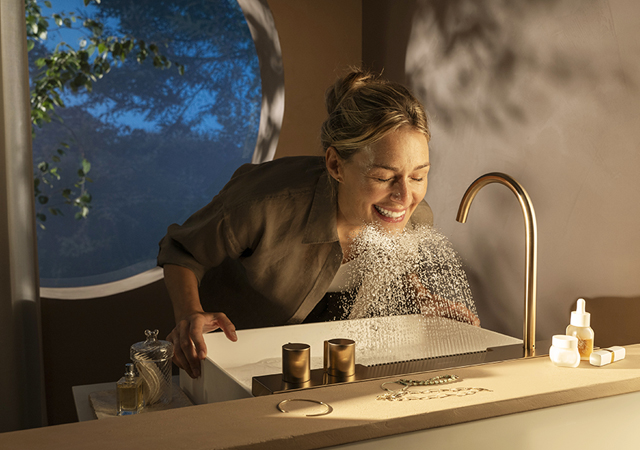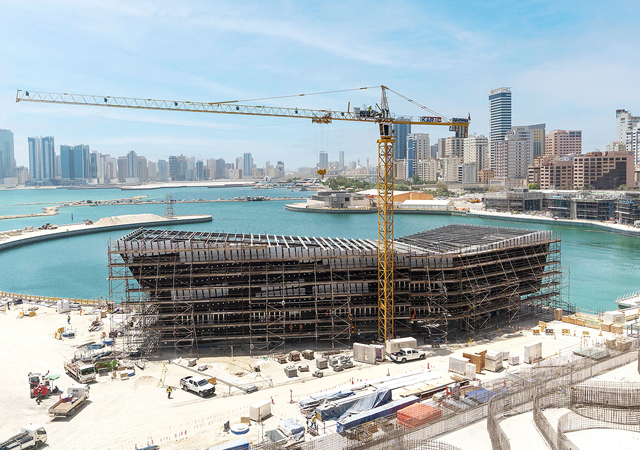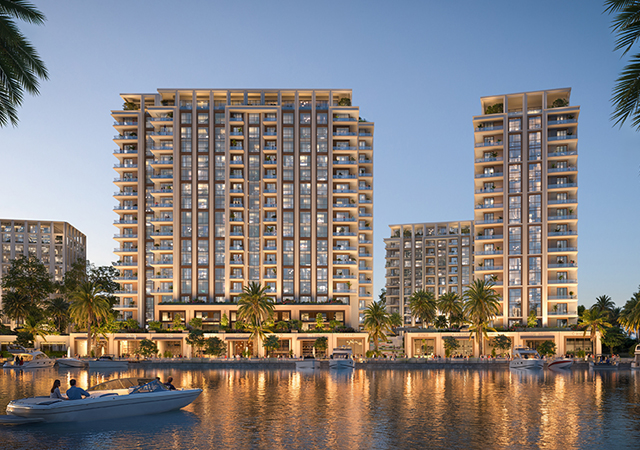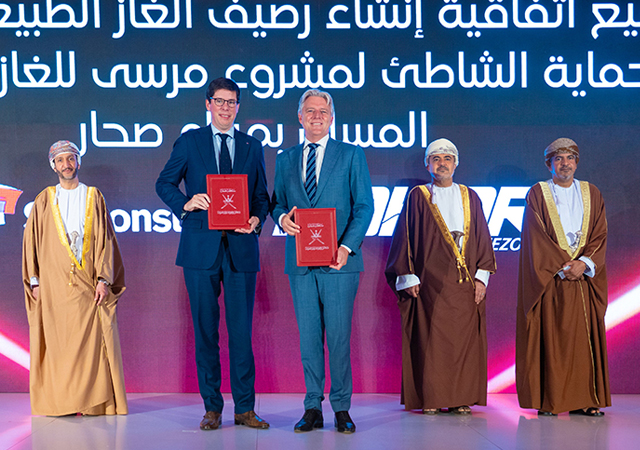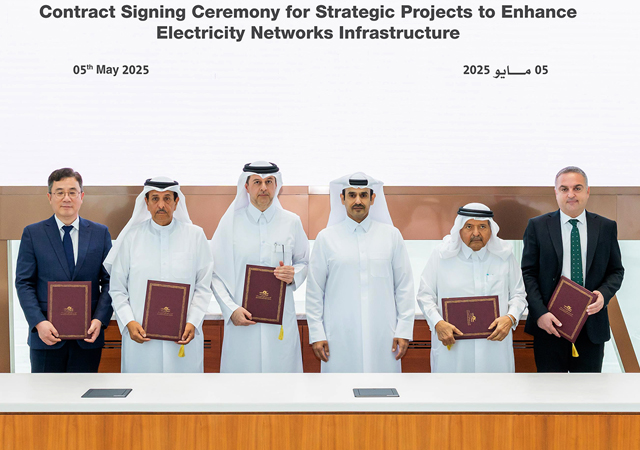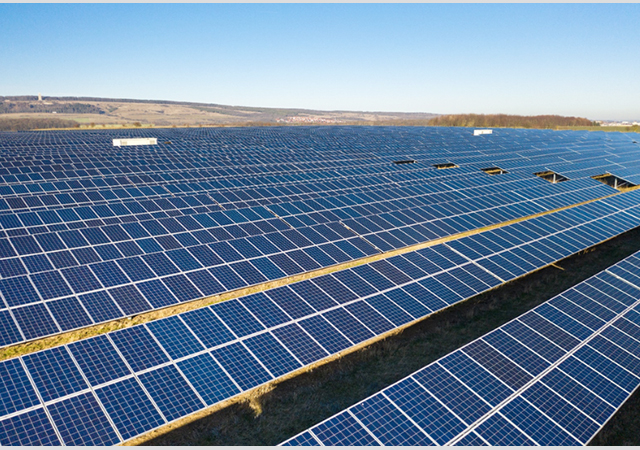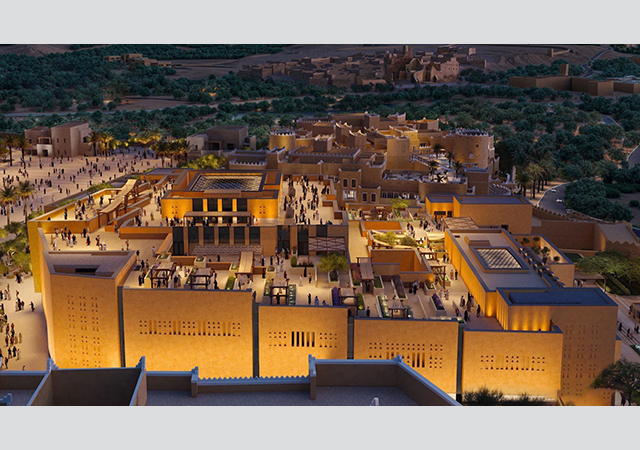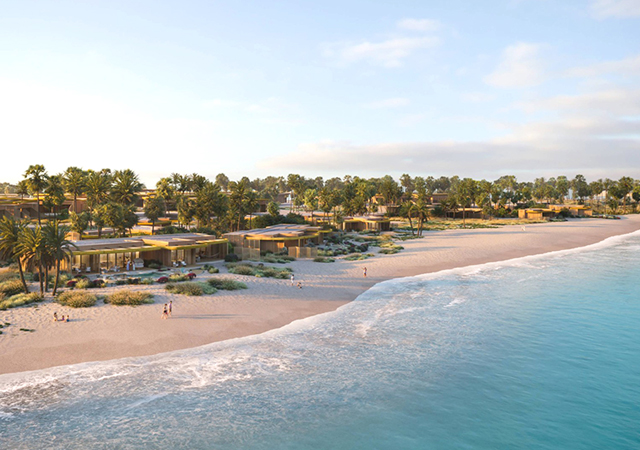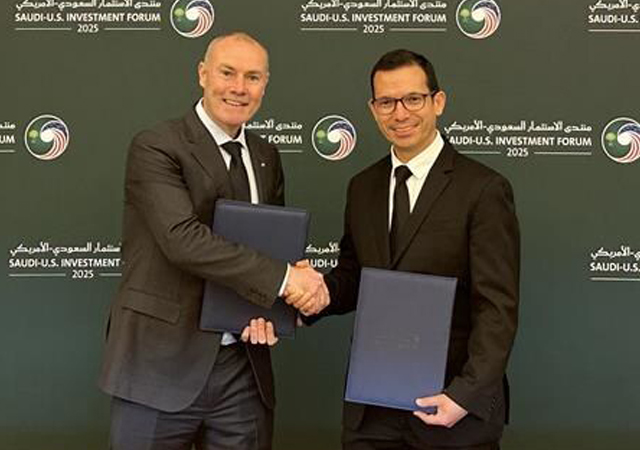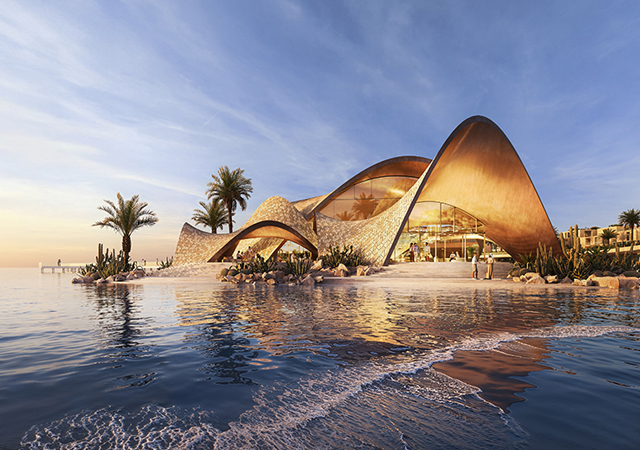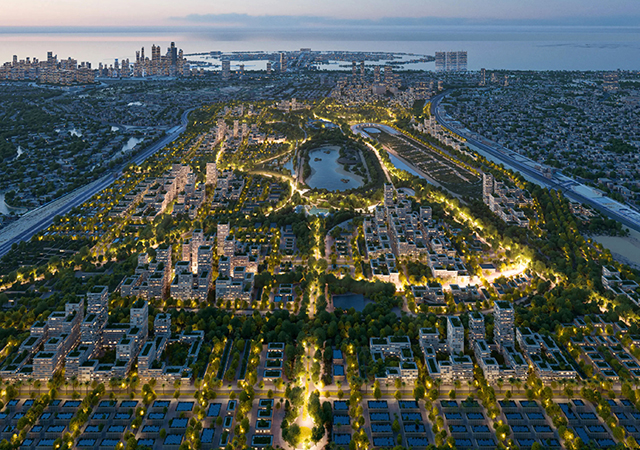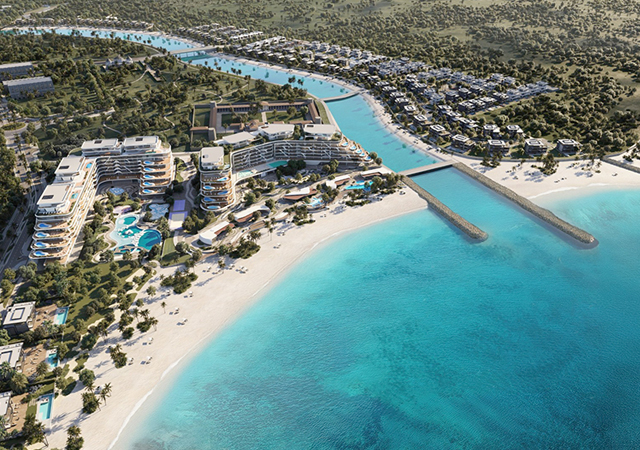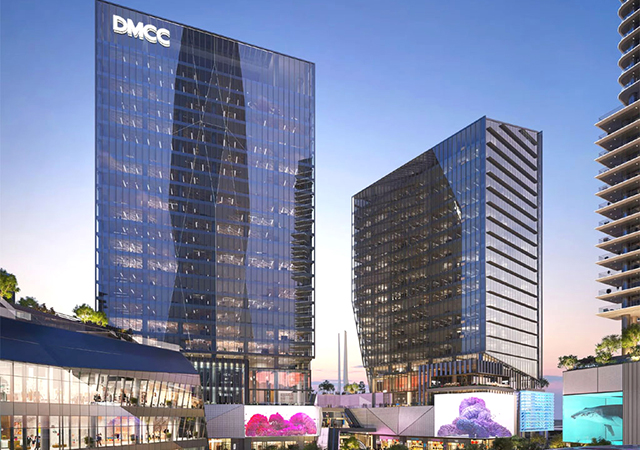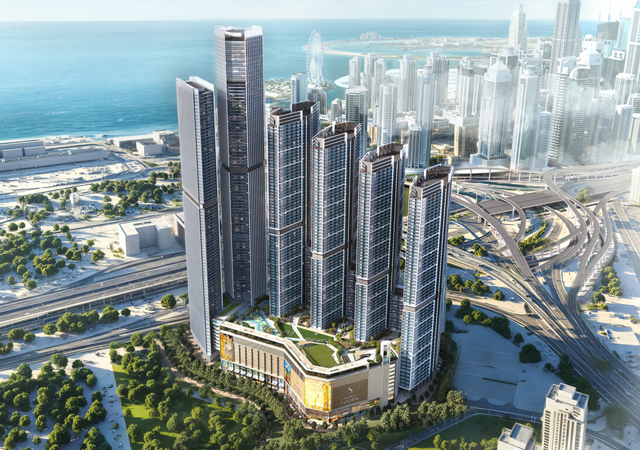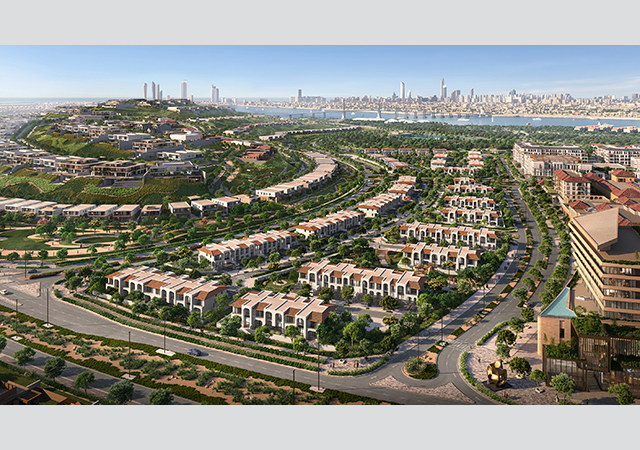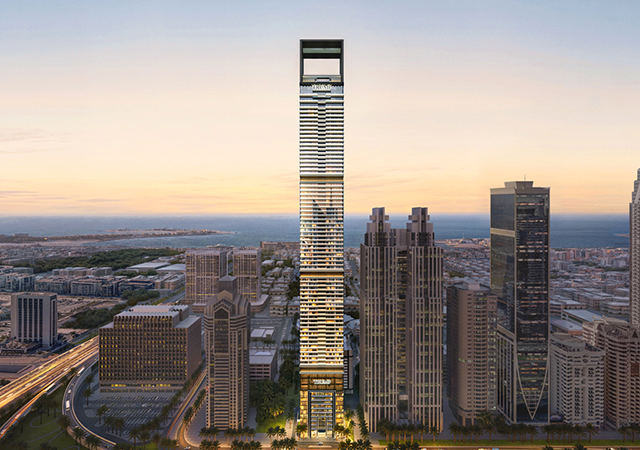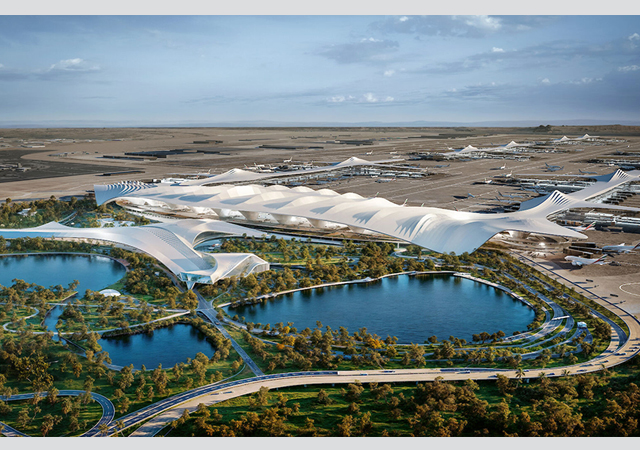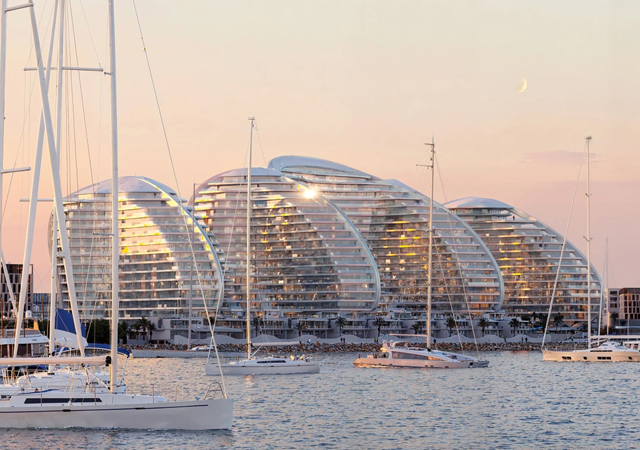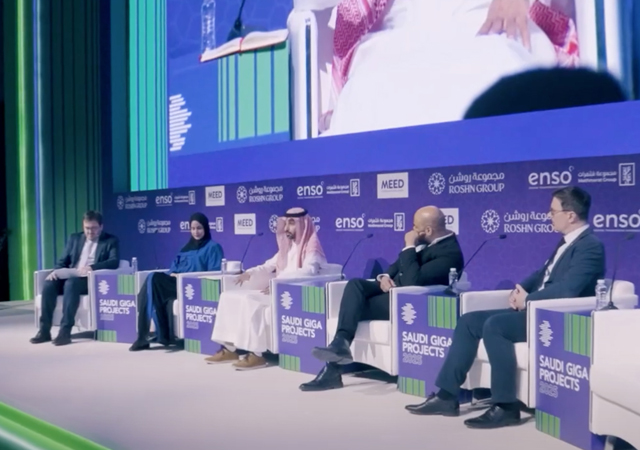
LARS-ERIK LARSSEN, sales manager of of Dubai-based Pax Kent International's (PKI) polymer division examines the benefits that fibres have to offer towards making durable concrete.
Polypropylene fibres and steel fibres both have key roles to play in the production and performance of concrete.
Polypropylene (PP) fibres are used in concrete to prevent the occurrence of shrinkage and settlement cracks. It furthermore prevents excessive bleed water from seeping to the surface, bringing with it the superfine cement and fines particles that creates a weak and friable surface coating. As the fibres tend to keep the moisture in the concrete, this has a beneficial effect on the hydration of the concrete.
As many as 375 individual fibres per cu cm (in the cement paste alone) will give an improved stability to the concrete, preventing spalling, broken edges and improving the impact and abrasion resistance. The high number of fibres effectively stops the build-up and spreading of cracks during the early hours after placing the concrete.
Production process
The fibres should be added at a rate of 0.0 kg per cu m of concrete and they should have a diameter of 18 microns and a cut length of 12 mm. The fibres have a surface area of 225 sq m per kg
The fibres can be added at the concrete mixing plant or on site, where an extra five minutes full-speed mixing is necessary for dispersion of fibres. When adding the fibres, start the mixing truck to full speed and add the bags with 10 seconds interval and let run for five minutes before pouring the concrete.
The use of fibres does not exclude the need for proper curing of the concrete. Protect the concrete as soon as it has hardened enough, and keep wet cured after the final finishing for four to seven days, depending on the weather. The use of water-based sprayed-on curing compound is recommended.
As tension builds up in the concrete during the hardening stages, the induced contraction joints should be cut as early as possible. When casting alternative bays, it is advisable to let the first cast bays stabilise for a minimum of two days before casting the bay in the middle.
Studies
The beneficial effects of fibres in concrete have been well documented in a technical report published by the Concrete Society (Non-structural Cracks in Concrete, technical report No 22, third edition, 1992).
Detailing the effects of fibres in cement, the report says: "The provision of secondary reinforcement in the form of fibres (commonly polypropylene or steel) will usually reduce the rate of bleed in a given concrete. This is because the addition to the mix of a fine material with high specific surface impedes the free exchange of solids and water. As fibres have no direct effect on cement setting times, they will reduce the amount of bleed also (5.1.3).
"Plastic settlement cracks occur only when there is a high amount of bleeding and settlement, and there is some form of restraint to the settlement (5.2).
"The provision of even small quantities of fibres will reduce the amount of bleed and settlement and increase the resistance to cracks (5.2.2.1).
"This may seem surprising because the effect of reducing the rate and amount of bleed would appear to increase the risk that a given rate of evaporation would exceed the rate of bleeding.
"However, tests in the US, Norway and Australia have shown that the reason for the benefit is that the tensile strain capacity of concrete at a critical period, two to four hours after placing is so low that the addition of fibres will increase the tensile strain capacity by a factor of 2 or 3; this is usually sufficient to restrict the formation of plastic shrinkage cracks. In this respect, polypropylene fibres, because they have a very high specific surface area, are more effective than steel; as little as 0.1 per cent by volume was shown to be sufficient (5.3.3.3)."
Steel fibres
The introduction of steel-fibre reinforced concrete (SFC) holds the potential to considerably raise the cost-effectiveness and performance in ground slabs and heavy loaded ground structures of reinforced concrete.
The system is based on the use of steel fibres along with cement, fine and coarse aggregates and water.
The successful application of this technology in a large number of industrial and airport pavements over the last few decades has proven the tremendous advantage of SFC over conventional concrete as well as other traditional types of pavements.
The most efficient and generally successful type of steel fibres employed in reinforced concrete are those produced by Dramix of Sweden, a fibre produced from hard drawn steel wire usually in diameters 0.9 mm and lengths of 65 mm, with hooked ends for strong mechanical anchorage in the concrete. They are glued together into small bundles, thus avoiding the balling effect and causing no difficulty in mixing and pumping, which can be the case with separate individual fibres. As the glue is water soluble, the fibres disperse in the concrete due to the effect of water and the mixing action, guaranteeing a homogenous mixture.
These specially-designed fibres have a typical tensile strength of 1,200 N/sq mm. The generally designed dosage in the concrete is 15 to 25 kg per cu m concrete, which is proportionally about 60 per cent of that required for straight fibres.
A Dramix computer program, given load requirements and site conditions, can indicate the required concrete slab thickness and dosage of steel fibres, which, in most cases, results in considerable reductions in material and cost.
A heavy-duty industrial slab or pavement will normally be subjected to tensile stresses on both its upper and underside. The location of these stresses may change whenever the place of the loaded zones changes. It is, however, not a simple task to absorb such tensile stresses by rod or mesh reinforcement. In practice, it is not always easy to place mesh reinforcement and keep it in the correct position when the concrete is being poured, especially with two layers of reinforcement. Steel fibres reinforce the concrete in the mass. This means that the slab is able to absorb stresses of equal magnitude on both its sides.
Mixing the steel fibres on site and pouring directly in one stage on the compacted sub-base, covered with polyethylene sheets offer substantial gains in time and manpower. Problems with storing, placing and spacing the reinforcement are avoided.
Summarised, the advantages with steel-fibre reinforced concrete are:
Dramix steel fibres have, over the last 10 years, been successfully put to the test on a number of projects in the UAE, such as the Dubai Drydock jetty, a cold store in Jebel Ali, and more recently in the Gulf Agency Company's (GAC) new head office.
The new facilities at Jotun Paints distribution centre in Al Quoz, Dubai, have also been built with Dramix steel fibres.
Internationally, Dramix steel fibres have also been used in airport runways and other terminal areas at Heathrow's Terminal 3 in the UK, J F Kennedy International Airport's runway and taxiways in the US and the US Army airfield in Heidelberg in Germany.
In the UAE, Pax Kent International's polymer division markets polypropylene fibres, Dramix steel fibres and quartz sand for special concrete applications.




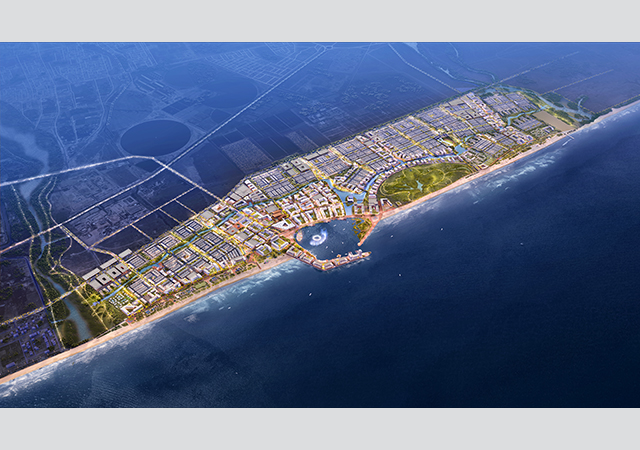


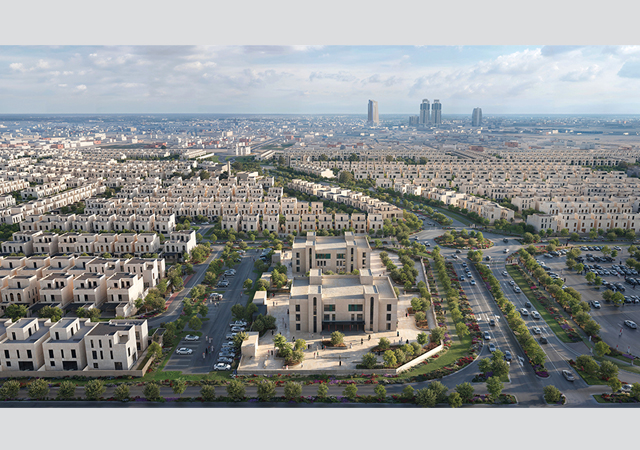


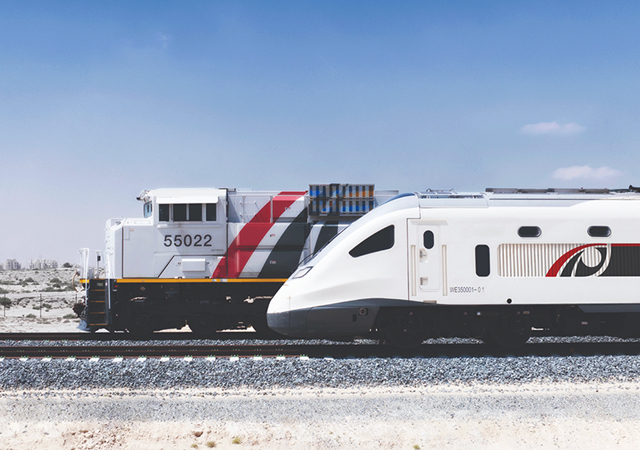
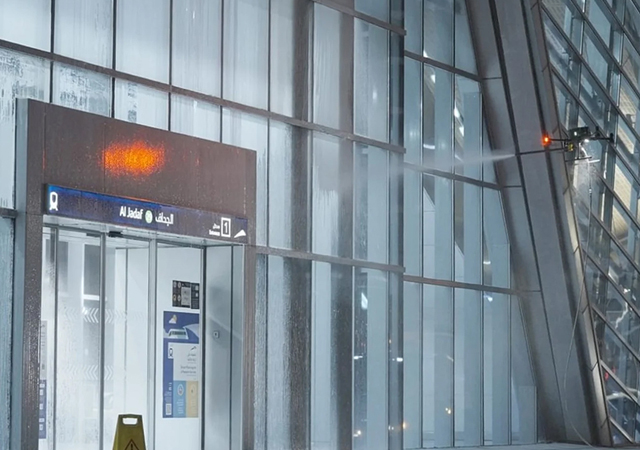
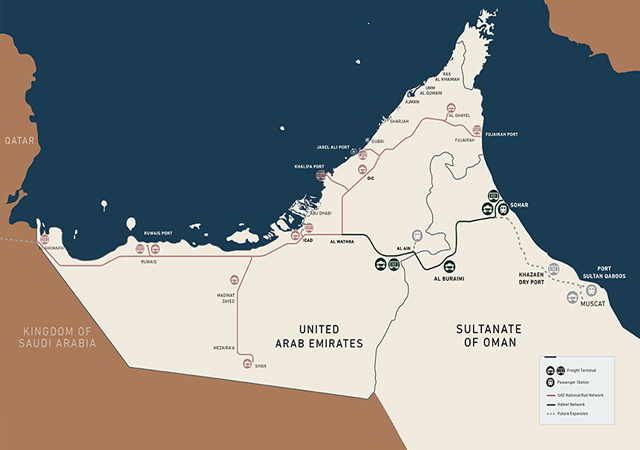
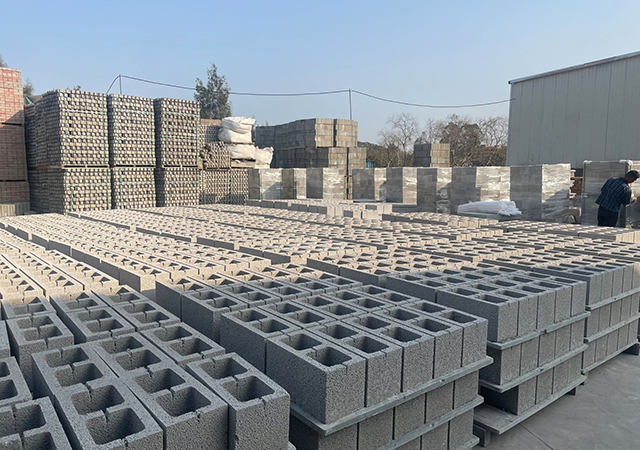


.jpg)
.jpg)
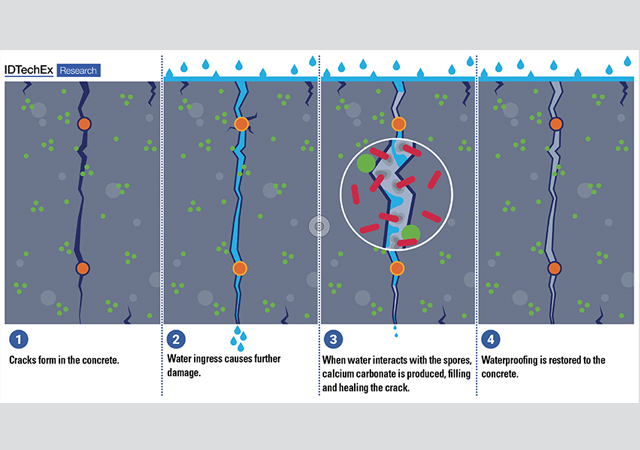
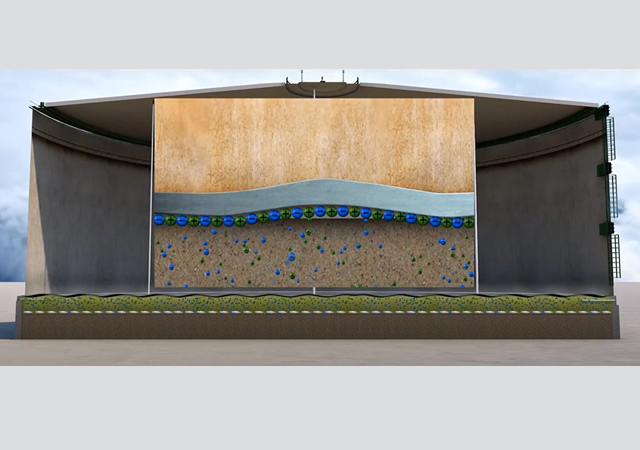
.jpg)
.jpg)
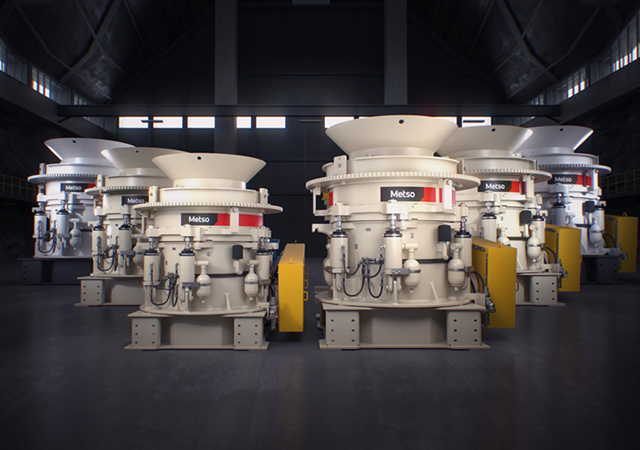
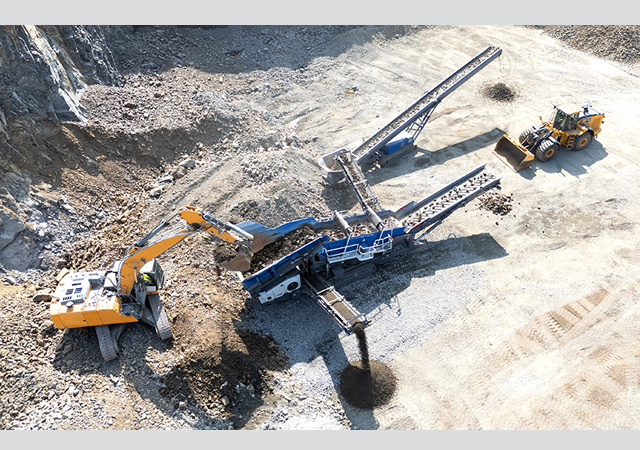
.jpg)
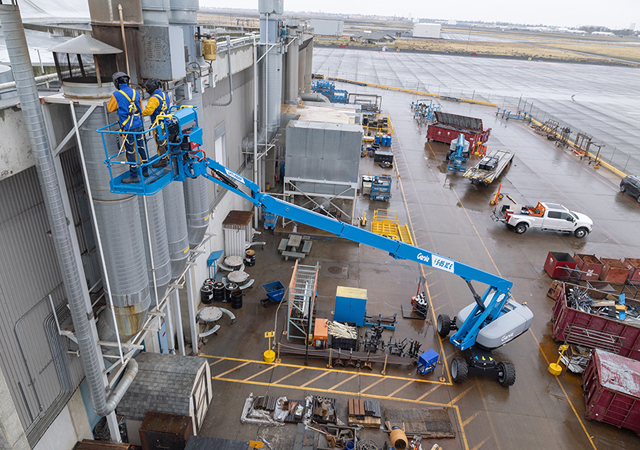

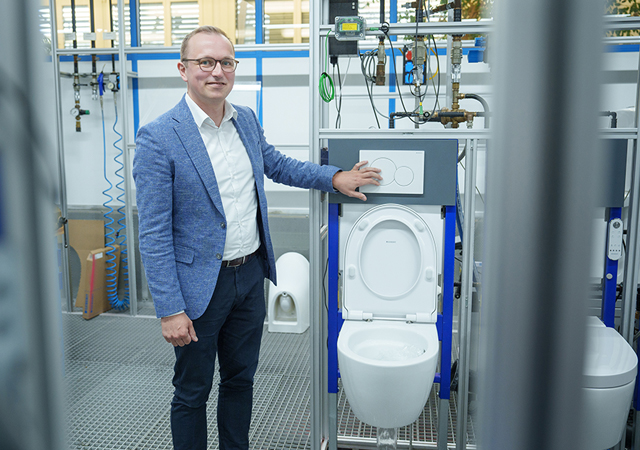

 Doka.jpg)
